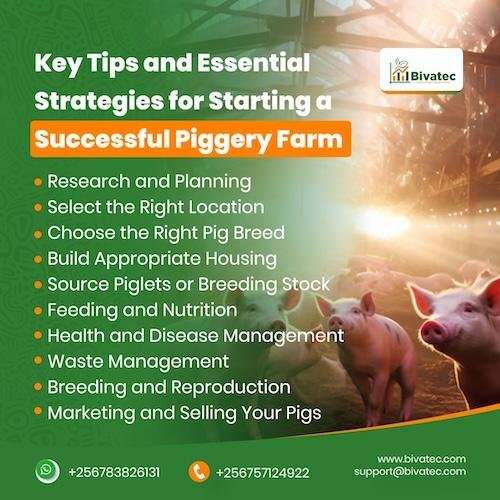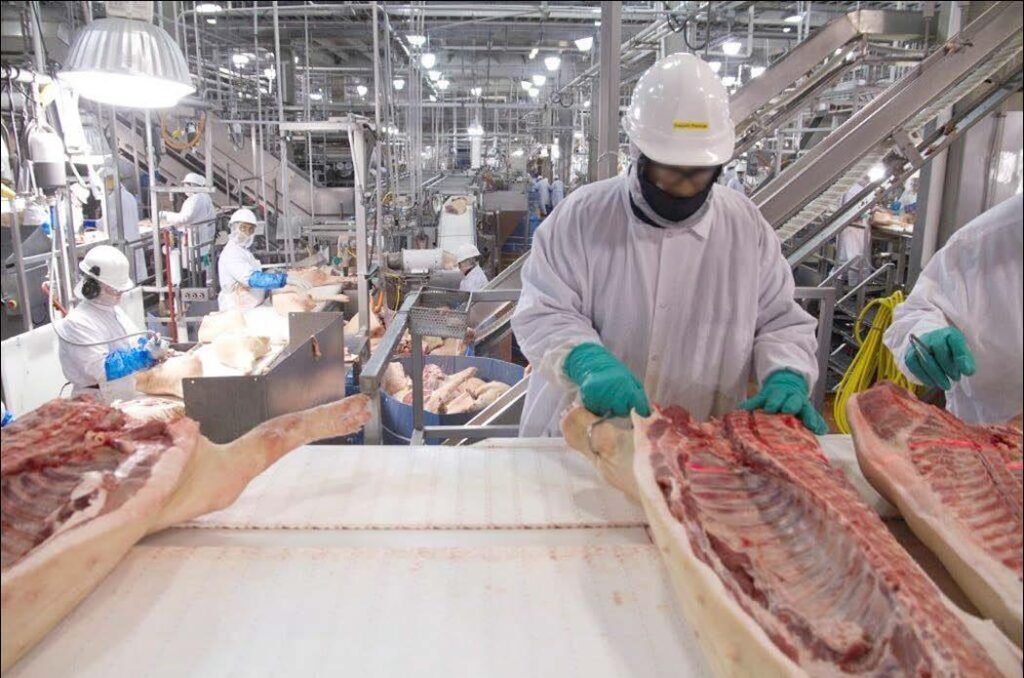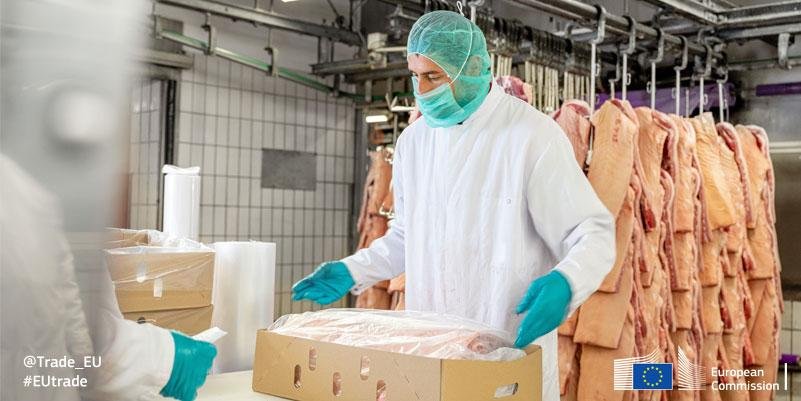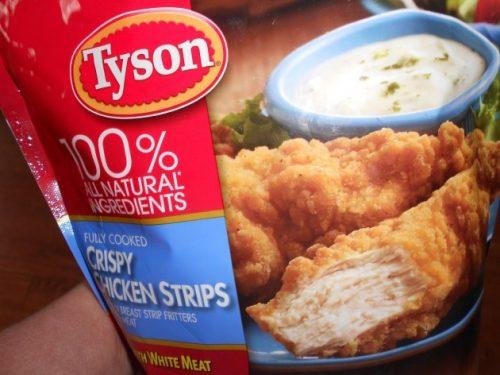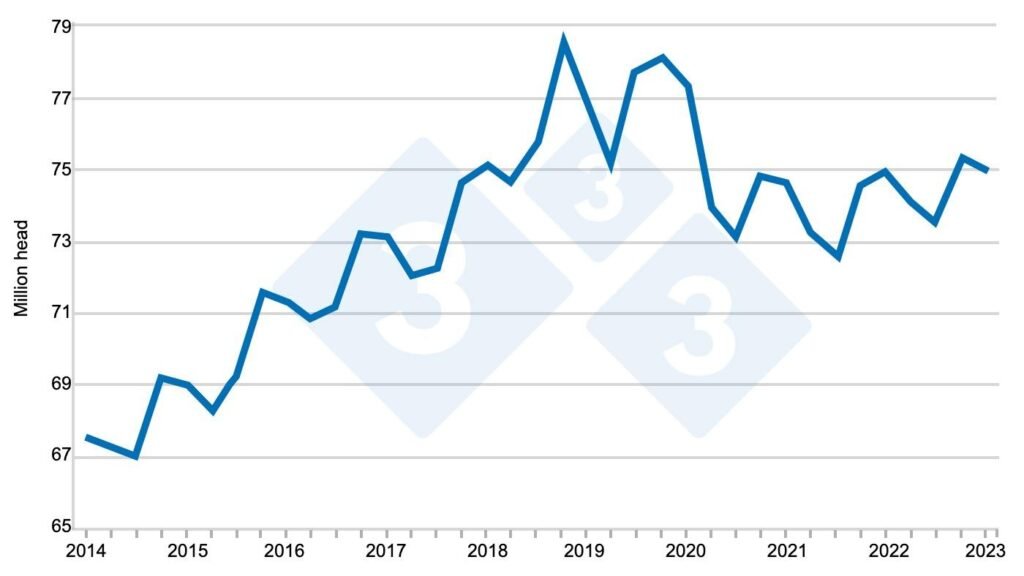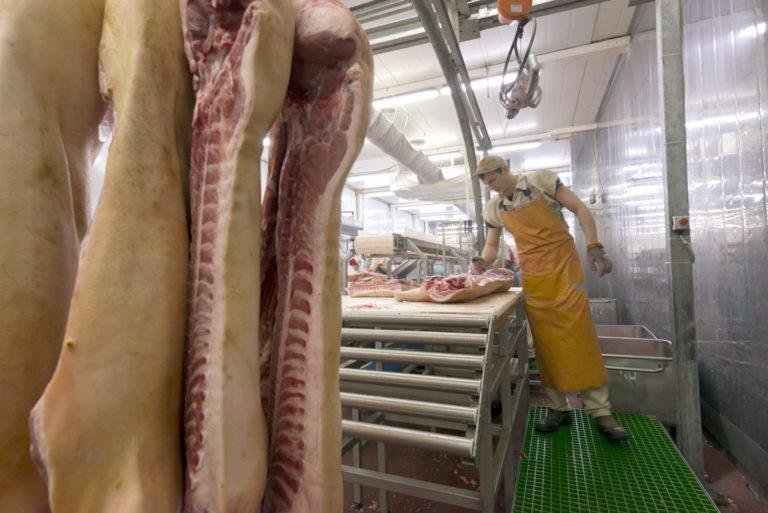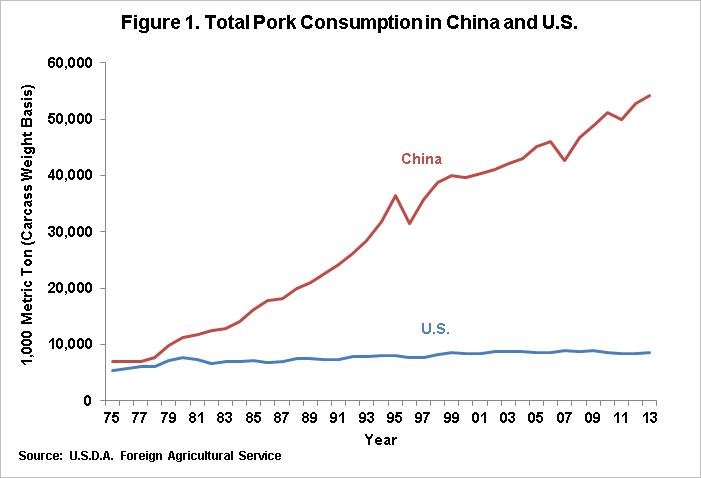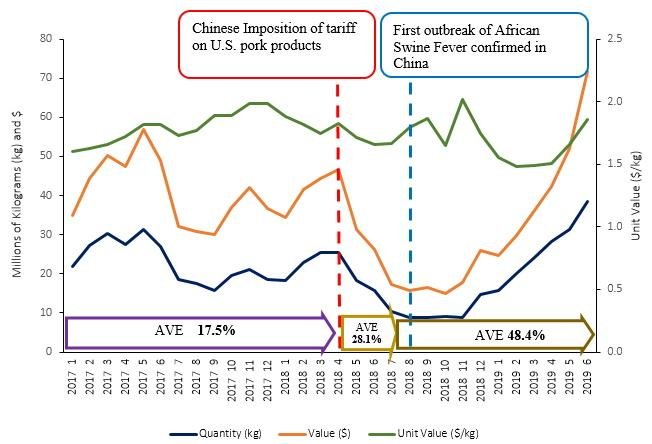Pork producers facing a swiftly shifting economic landscape—accelerated by fluctuating consumer whims and mercurial retail expectations—are exploring strategic alliances with retailers, choosing adaptability over retrenchment. Long-term sustainability for producers hinges not only upon how well they navigate supply chain complexities but on recalibrating their position within the multifaceted retail sphere. It’s not so much about recovering from a swift decline in traditional markets as it is reimagining the basis of market participation altogether.
While 25 years have passed since the National Pork Board initiated its Retail Advisory Committee (RAC) meetings, a recent spring session buzzed with unprecedented urgency and potential. Inside that collaborative circle, pork industry representatives and major grocers exchanged hard-won insights. This meeting was more than perfunctory; participants seemed animated by an unspoken understanding: stagnant methods guarantee obsolescence.
Producers now realize one crucial aspect—the campaign “Taste What Pork Can Do™” isn’t only about top-down marketing initiatives, but genuine bilateral engagement. For example, culinary exercises at RAC showcased pork’s adaptability—not just as familiar center-cut chops—but as an ingredient capable of anchoring global flavors sought after by millennial and Gen Z shoppers. In those kitchens-turned-focus-groups, ideas percolated on ways to insert pork into cross-category promotions—a meatball rolling into snack aisles or breakfast sections unexpectedly.
Yet direct-to-retail approaches are also gaining traction among smaller operators eager for autonomy over their food dollar share. Some farms sell via multiethnic networks or innovative vending services parked outside urban grocery stores; others move product through mail order catalogs and local bistros. The key might be segmentation rather than uniform expansion—recognizing that lighter carcass weights meet different cultural tastes or price points compared to heavier ones.
Shifts to value-added strategies open fresh terrain but don’t erase thorny logistical hurdles overnight. Market access changes form quickly: one year specialty sausages draw waiting lists at farmers’ markets; the next quarter brisket seems eclipsed by plant-based innovations catching fire in media cycles nobody predicted last season anyway.
At times stakeholders marshal collective action—the summer saw a “farm-to-fork” promotion connecting Oklahoma pork growers directly with prominent independents under coalition banners. By tracking Prairie Fresh products along their path into grocer bins—and orchestrating community-focused campaigns like Give-A-Ham on Giving Tuesday—they blurred lines between commerce and civic duty for greater promotional lift during holiday shopping surges.
Partnerships are sprouting vertically across supply chains too: alliances between state councils, commodity groups, processors like Seaboard Foods—even niche Instagram influencers have driven digital bumps in Hispanic-targeted engagement alongside brick-and-mortar efforts. Not all collaborations produce immediate dividends, however; sometimes committees walk away less convinced by short-term wins if data suggests softer repeat-buy rates weeks later.
Lingering behind talk of collaboration is bare-knuckle competition—it never quite slips out of focus even as handshakes cross conference tables layered with spreadsheets instead of plates piled high with ribs or tenderloin medallions. Each producer believes their vision for market relevance will weather whatever headwinds shape grocery demand this coming year—but consensus emerges unevenly when you ask which retailer partnership model cuts closest to bone.
A somewhat erratic impulse enters here: some industry strategists initially imagine sweeping co-branding deals will drive category growth far above historical baselines before pivoting halfway through a board presentation—that perhaps targeted micro-collaborations among local boutiques deliver more bang per buck than sprawling coast-to-coast launches covering every conceivable demographic band at once.
Data zigzags like livestock futures: $812,000 sprung up in fresh online pork sales following influencer-led videos last cycle—a sum both impressive yet dwarfed next to broader protein sectors on national ledgers. When scrutinized closely though? That number might signal deeper appetite shifts invisible beneath average weekly circulars stacked at checkout counters across multiple states.
Sometimes battles get fought not over volume itself but positioning within the evolving labyrinth of digital/physical hybrid consumption patterns where tomorrow’s dinner could be decided mid-scroll rather than mid-aisle wanderings—they say necessity is neither friend nor foe but something noisier altogether akin to crying fire while learning how best to sculpt smoke into stories worth retelling each holiday season anew (a reference drawn from old Appalachian idioms rarely quoted outside West Virginia ox roast circles).
Leadership initiatives echo throughout these experiments—a new crop emerging from professional experiences tailored inside institutes where seasoned North Carolina hands exchange anecdotes beside upstart Ohio colleagues still testing business models most executives wouldn’t dare post online just yet. Neither group pretends there exists some singular playbook wrapped around crown roast centerpiece ideals anymore; adaptation shapes its own lawbook chapter after page written out loud then redacted onto whiteboard margins without fanfare or apology—it’s messy progress marked less by perfect closure than tenacity resembling chess matches played atop moving trains.
So battling pork producers remake themselves one alliance—and sometimes misstep—at a time inside the great gameboard we call modern retail; pausing every few rounds long enough only to wonder aloud which discovered tactic will stick before conditions mutate again just when clarity dared appear inevitable.


